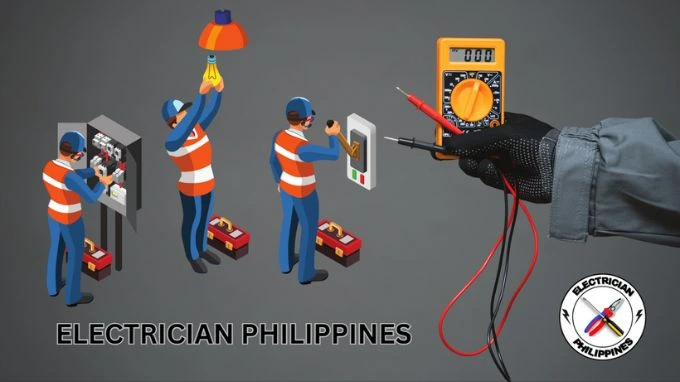
Electrical systems can be complex, and when problems arise, it’s essential for electricians to have effective troubleshooting skills. In this article, we will provide valuable tips for electricians to successfully troubleshoot electrical systems and identify and resolve common issues.
As an electrician, your expertise is important in ensuring the safe and efficient operation of electrical systems. Troubleshooting electrical problems requires a systematic approach and attention to detail. By following these tips, you can enhance your troubleshooting abilities and provide quality service to your clients.
Tip 1: Gather Information
Before starting the troubleshooting process, gather as much information as possible:
- Communicate with the client: Listen carefully to the client’s description of the issue and ask relevant questions to thoroughly understand the problem.
- Review documentation: Consult electrical diagrams, blueprints, or any available documentation related to the electrical system you’re troubleshooting.
Tip 2: Prioritize Safety
Safety should always be the top priority during troubleshooting activities:
- Use personal protective equipment (PPE): Wear insulated gloves, safety glasses, and appropriate clothing to protect yourself from electrical hazards.
- Test for live circuits: Before working on any electrical component, use a voltage tester or multimeter to ensure circuits are de-energized.
Tip 3: Start with the Basics
Begin troubleshooting by examining the fundamental elements of the electrical system:
- Check power supply: Ensure the power source is active, and circuit breakers or fuses are in the “on” position.
- Inspect connections: Examine wiring, terminals, and connections for signs of damage, corrosion, or loose connections.
Tip 4: Follow a Systematic Approach
Adopt a step-by-step approach to isolate and identify the problem:
- Divide and conquer: Divide the system into sections or circuits to narrow down the area of the issue.
- Test systematically: Test each component, starting from the power source and working towards the affected area.
Tip 5: Utilize Testing Equipment
Proper utilization of testing equipment can streamline the troubleshooting process:
- Multimeter: Use a multimeter to measure voltage, current, and resistance in circuits and components.
- Circuit analyzer: Employ a circuit analyzer to identify electrical faults, such as ground faults or open circuits.
Tip 6: Document Findings
Maintain a record of your troubleshooting process and findings:
- Take notes: Document the steps you’ve taken, measurements and any abnormalities you observe.
- Capture visual evidence: Photograph or record videos of faulty components or unusual conditions for reference.
Tip 7: Consult Resources
Expand your knowledge and seek guidance from reliable resources:
- Electrical code: Familiarize yourself with the applicable electrical codes and standards to ensure compliance.
- Industry publications: Stay updated with industry journals and publications for insights into troubleshooting techniques and best practices.
Tip 8: Collaboration and Mentorship
Engage in collaboration and seek guidance from experienced peers or mentors:
- Networking: Connect with fellow electricians to share experiences and learn from each other.
- Seek mentorship: Find an experienced electrician who can provide guidance and share valuable insights.
Conclusion
Troubleshooting electrical systems requires a combination of technical knowledge, practical skills, and attention to detail. By following these tips, electricians can approach troubleshooting in a systematic and efficient manner, ensuring accurate identification and resolution of electrical issues.
Remember, safety should always be the top priority during troubleshooting activities. Regularly update your knowledge, collaborate with peers, and seek mentorship to enhance your troubleshooting abilities and provide exceptional service to your clients.






